Falls can cause injuries, no matter who is falling, but for seniors, these are especially dangerous. A fall can cause fractures or broken bones, with slow recovery times, especially for those with underlying conditions. In many cases, there are irreversible complications, though rehab after a fall can help prevent such issues.
The most important rehab option is physical therapy, which is designed to rebuild your strength and get you back on your feet. Occupational therapy is also an option for those who need to relearn daily tasks that they now struggle with. Often, you’ll require both therapies, though this is at the discretion of your medical team. The following information covers what you should expect from fall-related rehab.
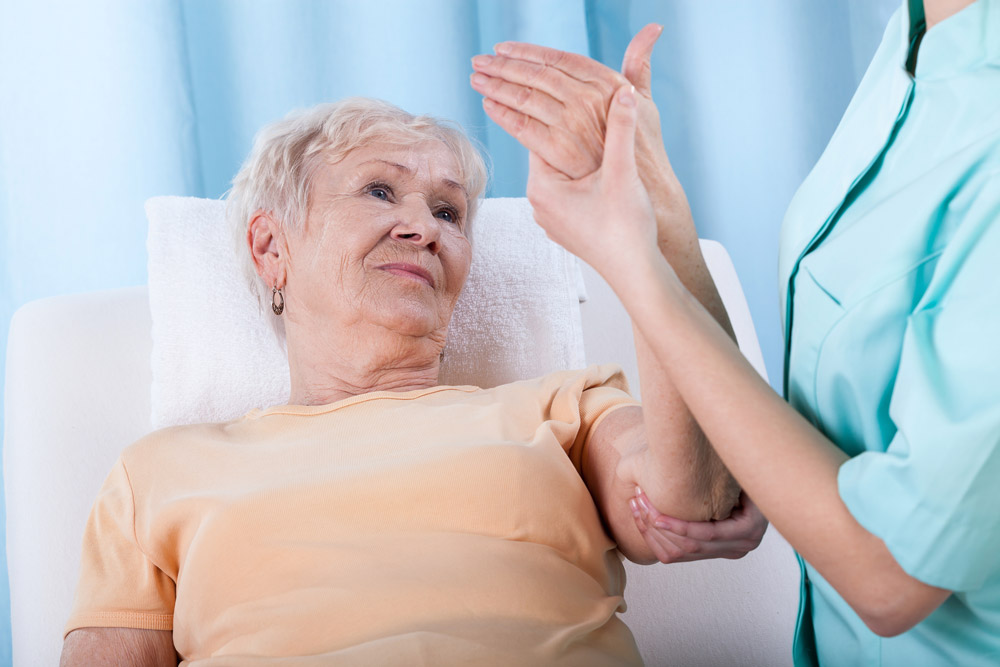
How Long After a Fall Injury Should You Start Rehab?
Falls can take a toll on your body, especially for those who require surgery to repair the damage. You may also require a hospital stay to begin the recovery process. Though you may expect to rest before begging your recovery, the opposite is true. It is actually recommended that you start rehab as soon as possible after a fall.
In fact, physical therapy begins while you’re still in your hospital room recovering from your injuries. A physical therapist will visit your room and help you sit up and stand. As soon as it is safe to do so, you’ll be encouraged to move about with a wheelchair, walker, or cane.
Physical therapy can begin within a few days of any medical procedure. The faster you start physical therapy, the sooner you rebuild your strength for a faster recovery.
Many people also require occupational therapy as part of their rehab after a fall. Occupational therapy helps you relearn daily tasks that have now become a struggle. This therapy will begin in the hospital and continue in a rehab center or your home, depending on your needs.
Can therapies help prevent falls?
Yes, absolutely. After a fall, rehab is recommended to help with the healing process and speed up recovery time. Of course, it can also help prevent prospective falls in a few different ways.
For instance, physical therapy gets you back on your feet sooner. It is designed to build muscle strength while increasing mobility, flexibility, and balance. As these abilities improve, you’ll regain your independence and become more confident when on your own.
A fall can also cause mental and emotional distress, which physical therapy can also help with. Activities like yoga or Tai chi improve those physical functions mentioned above, but they can also help with meditation. Meditation reduces stress, calms your mind, and can even improve immune functions for a healthier outlook and body.
Occupational therapy prevents falls since it teaches you how to prevent the hazard as well as helps you relearn daily tasks. Such activities include dressing, bathing, eating, or gardening. This ensures that you can care for yourself in the safest way possible.
Rehab after a fall also includes education on what caused the fall and how to avoid one in the future. A home assessment may be included, locating any obstacles that could cause falls. These include throw rugs, furniture, decorative items, or clutter. After removing these obstacles, the likelihood of future falls diminishes.
This content comprises informative and educational resources only and can not be considered as a substitute for professional health or medical guidance. Reliance on any information provided in this article is solely at your own risk. If you have any inquiries or apprehensions about your medical condition or health goals, talk with a licensed physician or healthcare provider.

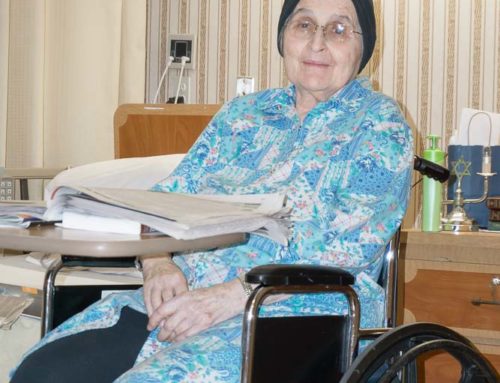
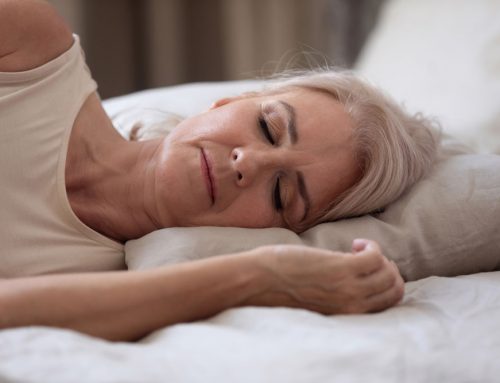
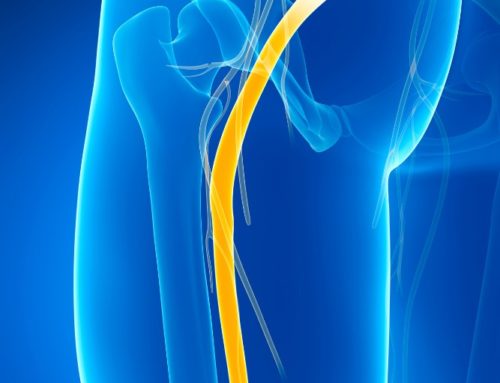
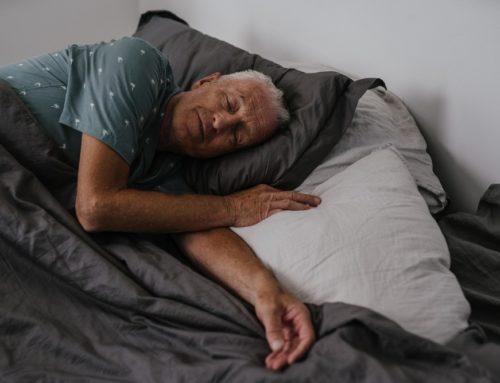
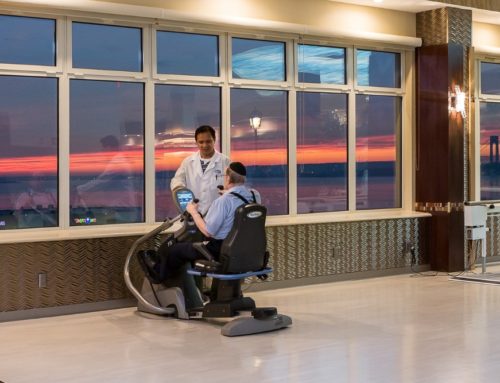
Leave A Comment